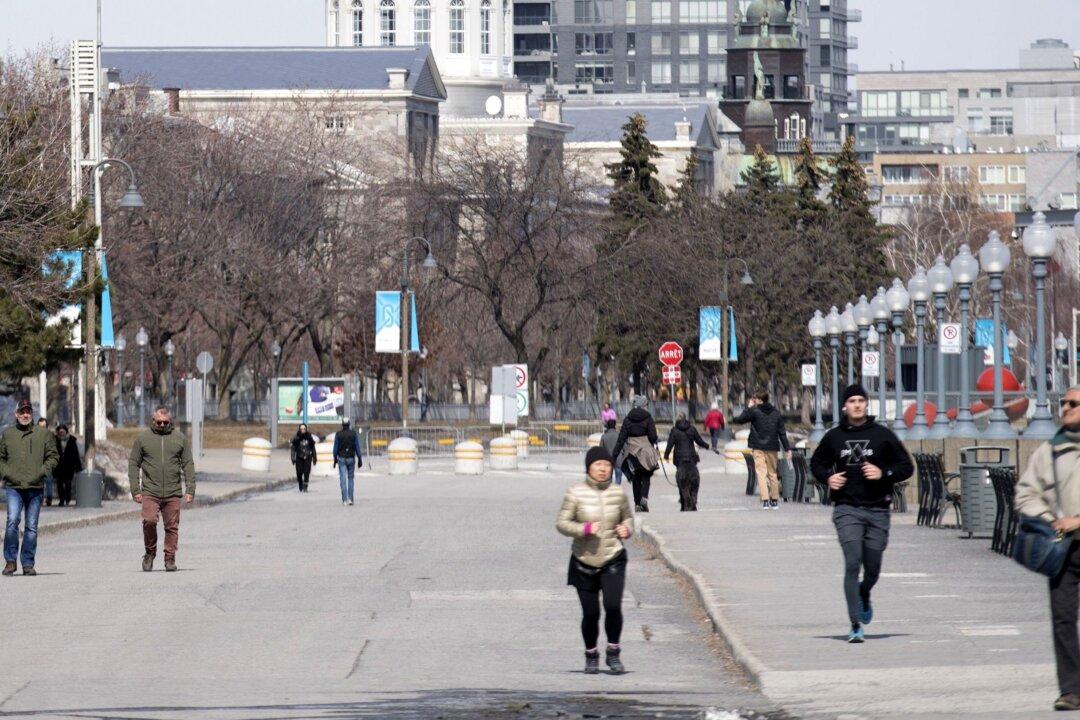Commentary
We are all doing the best we can in the moment to fight COVID-19, but in the medium- and long-term we are going to need broader and deeper cultural and policy changes to fight this virus and to fight other potential future pandemics.


We are all doing the best we can in the moment to fight COVID-19, but in the medium- and long-term we are going to need broader and deeper cultural and policy changes to fight this virus and to fight other potential future pandemics.